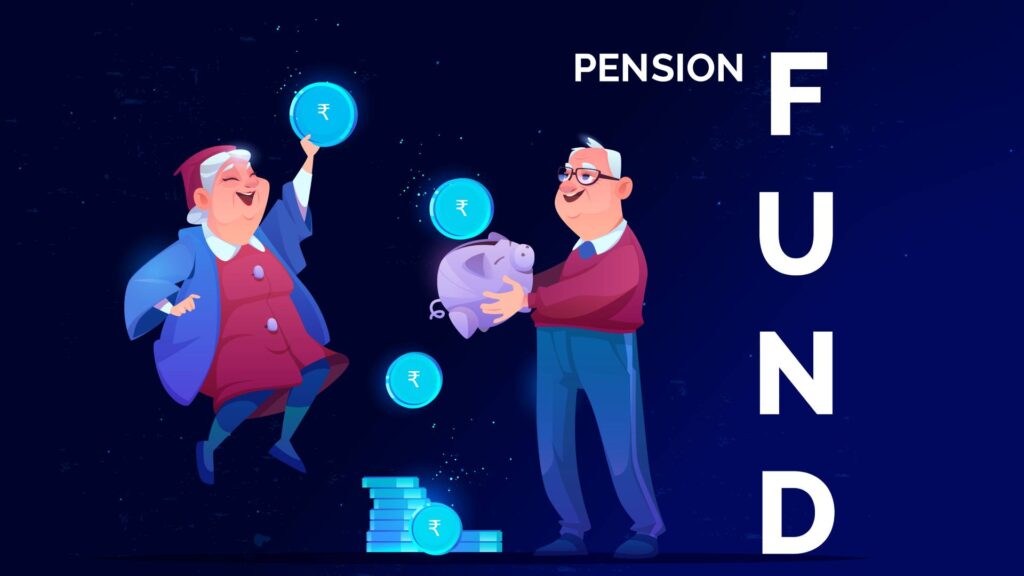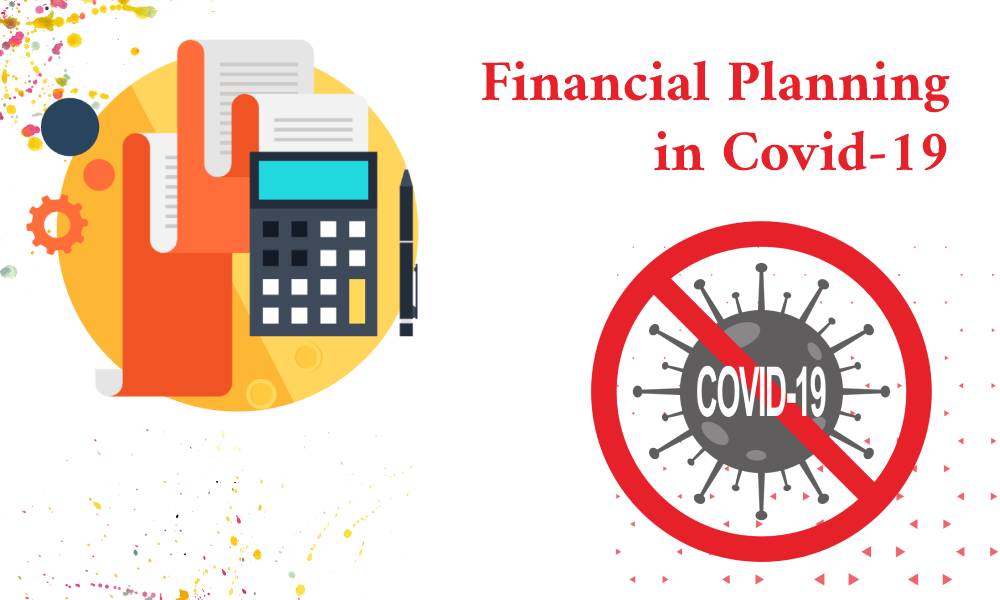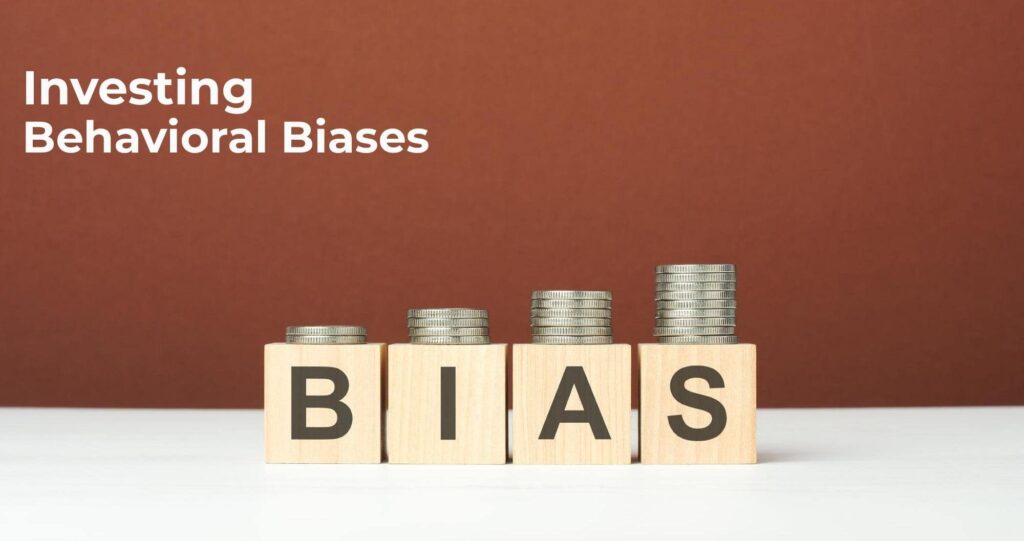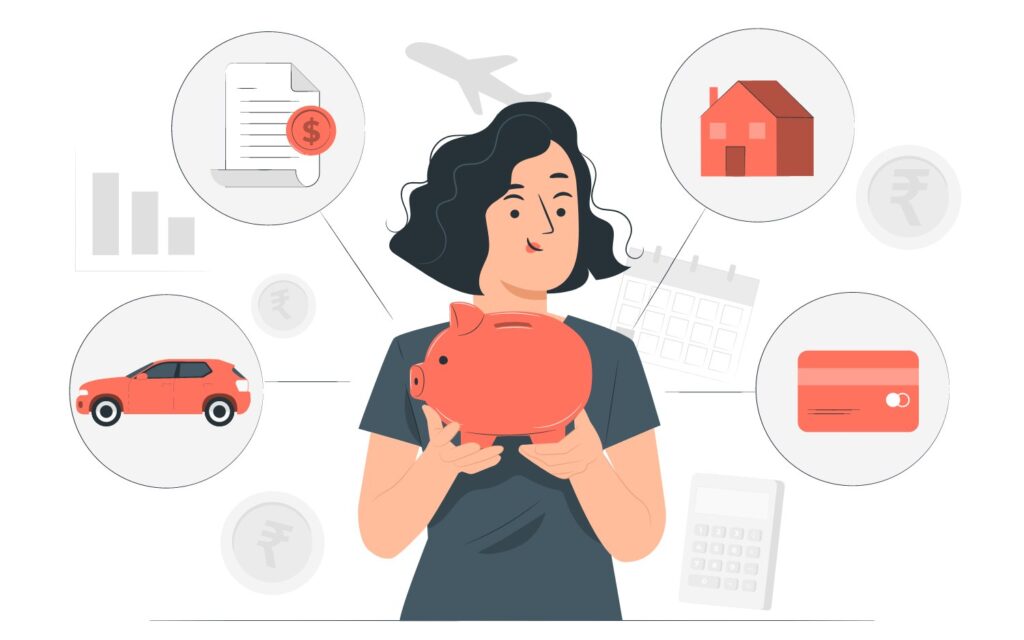Pension
One of the most common ways in which an individual receives amounts at the time of retirement is a pension. A pension is a regular payment received by an individual from an entity who can either be his employer or some other institution like a mutual fund or an insurance company. Pension plays a very important role in the retirement planning activity because this is a regular payment. This takes a lot of load or pressure off the individual. Pension benefits are offered by various entities and here is a look at some of them.
Employer
The employer is one entity or party, that is traditionally providing pensions to their various employees. The presence of such a pension from the employer is a good sign for the employees because it reduces the burden that is present on them to make good a large sum that would be required at the time of retirement. The presence of a pension creates a feeling of comfort in the minds of employees that there is some regular income and one has to make the provision for an additional sum only. The employer is liable to provide a pension under the law for employees who satisfy certain conditions like minimum years of service, etc. There is a contribution to the employee’s pension scheme that occurs each month and there is a pension received from here but often this is a very small sum.
Insurance Company
A person also has options other than an employer to ensure that they are able to generate a pension for their retirement period. This is through various pension schemes from insurance companies. The individual, who wants to take a pension from the insurance company, would go and subscribe to a pension scheme that is offered by the insurance company. Today, most insurance companies in the market offer such schemes. The person has to pay a regular sum called premium periodically or it could be a single premium. Depending upon the premium paid, a pension is paid after a certain time or age. The insurance company then converts the sum into an annuity at the time of maturity. Thus, the person who has subscribed is able to get the required amount as a pension from the scheme.
The surety of the pension is crucial and one has to be careful about this. Several pension schemes present in the market are unit-linked. This means that the individual pays an amount as a premium. After providing for the expenses, this sum is moved to a fund and the individual is allotted units in the fund. The person will earn some amount depending upon the performance of the fund and final benefits will depend on the performance of the scheme. These schemes are also becoming quite popular in the market. The risk here is that if things do not work out as expected then there will be an impact on the pension received.
Mutual Funds
Some mutual funds also offer pension schemes. Currently, there are just a couple of such schemes in the market, but this is an opportunity for a person to ensure that they have access to a pension in the years when they actually need it the most. The underlying theme is that the risk is on the individual who has contributed to the pension plan. If the plan does not perform, then it is the individual who has to bear the brunt. The investor contributes a certain sum to the scheme and is allocated units at the applicable net asset value of the scheme. The scheme then earns at the rate of return that its portfolio is able to generate. The investor will be paid a regular sum at the end of a certain period, which is when they touch a certain age. At this point, the relevant units in the portfolio of the investor are redeemed to pay out the required pension to the individual.
Pension Funds
Pension funds are the way in which a large part of the world does its pension planning. But this phenomenon has not yet hit the Indian scene in full flow. The individual invests the required amount that is used for retirement savings in a pension fund. Professional fund managers manage these pension funds and invest the funds in a particular manner outlined in the objectives of the scheme. An individual can change the option of investment when they want to and due to this, they can ensure that the funds related to retirement planning are being managed in the right way and at the same time these are also earning good returns. Pension funds usually have a large corpus in the countries they operate. A large number of people pool their money together in these funds. This is the way in which pension reforms are going to impact the Indian investor. One has to get be prepared to use the route of pension funds as and when they become available.
Employees Pension Scheme
A person who has a provident fund contribution will be witnessing that a part of the contribution of the employer also goes to the pension scheme. This is a statutory pension scheme that is in operation and to which the amounts are being contributed by the employer and apart by the government. Under the employer’s pension scheme, the individual will receive a pension after they achieve the required age. This pension will be a monthly receipt. However, most people realize that the actual amount of pension is so low that this will not be adequate to meet their day-to-day requirements.
Commuted Pension And Uncommuted Pension
It is very important to understand the term commuted pension and uncommuted pension. In normal times, a pension is a regular sum that will be received each month. However, a person may choose that instead of receiving a regular sum each month they would like to get a fixed lumpsum at a specific point in time this will be the amount calculated as the current value of the sum that would be received over a period of time.
This process of getting a fixed amount instead of the regular payment is known as the commutation of pension. Pension, which is not commuted but continues to be received as a normal pension, will be called uncommuted pension and this will be the normal receipt that one has gotten used to receiving.
Pension Options Available
The options provided by different players will not be the same and hence there is the need to know exactly what they offer and how one can use them to maximum benefit.
Life Pension Till Death
As the name suggests, a pension is received for the entire life of the person till the time of his death. One need not worry about the pension coming to an end at some point midway through the process.
Pension With Return Of Capital On Death
This is another variant of the pension provision. The difference here is that on the death of the individual the amount of capital is returned to the heirs. The family members also get a lumpsum at the point of death, thereby providing an additional benefit.
Life Pension Guaranteed For 5,10, 15 Or 20 Years
The pension is guaranteed for a certain number of years as has been specified in the policy. This could range from 5 to 20 years. This is a great relief for people who would like to ensure that a pension is received for a certain period without fail.
Joint Life Pension Payable To The Survivor Of Employee And Spouse
There is a pension to be paid from the time of retirement but this will continue when either the employee or the spouse dies. Here also, there is a double benefit because of the fact that both the employee and the spouse are going to get the benefit of a pension. In normal conditions, the pension could stop once the pensioner dies.






